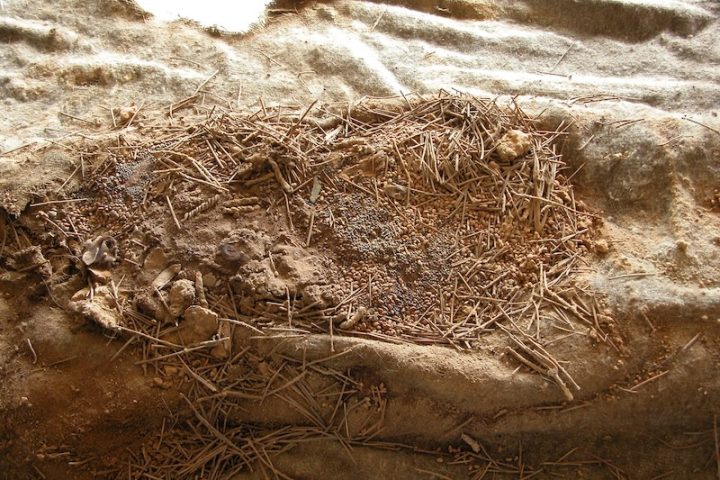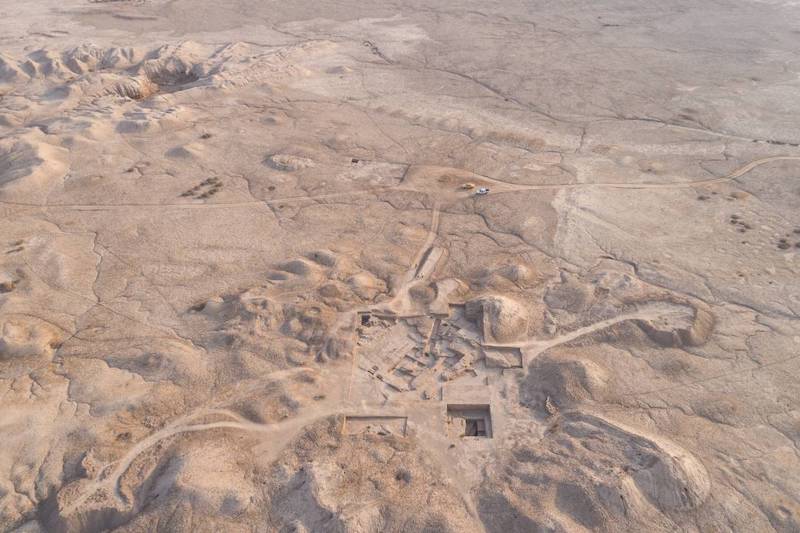A painting of Noah’s Ark. The Old Testament story has not only inspired countless generations of artists, but also more than a century of “scientific” attempts to find the remains of the legendary ark.
For a long time, people have been searching for the ark that scripture says survived the flood. Archaeologists say it is a fruitless task.
Noah’s Ark is one of the best known and most impressive of all Old Testament stories: God was so displeased with humans after creating them that he sent an all-encompassing flood on Earth to destroy them – with one notable exception: one man and his family, accompanied by pairs of each of the planet’s animals, survived the flood in an enormous wooden ark.
For people who accept the religious text as a historically accurate account of actual events, the search for archaeological evidence of the ark is equally fascinating, prompting some intrepid believers to search for traces of the wooden ark on the slopes of Mount Ararat and beyond.
In 1876, for example, British lawyer and politician James Bryce climbed Mount Ararat, where biblical records say the ark stood, and claimed that a piece of wood “conforming to all the requirements of the case” was in fact part of the ark.
More modern ship “discoveries” are happening regularly, from the report that someone else saw it in a rock formation high on the mountain in the 1940s, to the claim by evangelical pastors in the early 2000s that they found petrified wood on the summit.
But the search for this ship has drawn all sorts of emotions from academic archaeologists and biblical scholars, ranging from outrage to scorn.
“No legitimate archaeologist would do that,” says Jodi Magness, an archaeologist at the University of North Carolina, about the modern search for evidence of Noah’s Ark.
“Archaeology is not treasure hunting. It is not about finding a particular object. Archaeology is a science where we are driven by research questions that we hope to answer through excavation.”
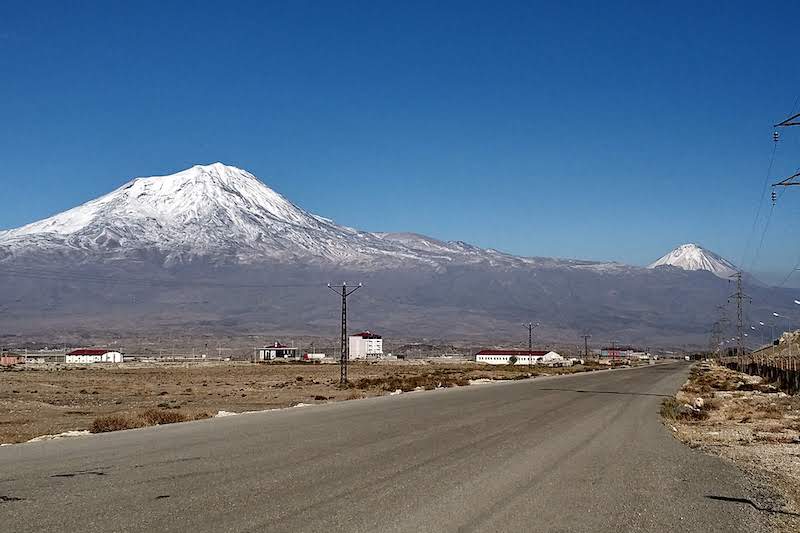
Flood or fiction?
Stories of devastating floods and their survivors predate the Hebrew Bible, the earliest parts of which are thought to have been written in the 8th century BC.
Legends of a flood destroying civilization at the behest of a supernatural deity can be found in numerous Mesopotamian texts, from the Epic of Gilgamesh, written in the early 2nd millennium BC, to a recently deciphered Babylonian cuneiform tablet from 1750 BC on how to build a ship.
Could these flood myths be based on reality? “There seems to be geologic evidence that there was a major flood in the Black Sea region about 7,500 years ago,” says Eric Cline, an archaeologist at George Washington University.
But scientists disagree about the scale of the event, just as historians of the period disagree about whether writings about a flood were inspired by real life. It seems more likely that the floods happened in different places and at different times, and that these events naturally entered the oral and written lore of the world.
Further complicating the matter, scholars differ on the precise location of Noah’s Ark according to the Hebrew Bible. In the Book of Genesis, the ark sat on the mountains of Ararat in the ancient kingdom of Urartu, a region that now includes Armenia and parts of eastern Turkey and Iran.
“We have no way of determining exactly where in the ancient Near East this occurred,” Magness says.
Both Cline and Magness say that even if artifacts from Noah’s Ark have been or will be found, they can never be definitively linked to historical events.
“There’s no way we can place Noah, if he really existed, and the flood, if it really existed, in time and space. The only way you can determine that is if you have an authentic ancient inscription. And even then, such an inscription could be referring to another Noah or another flood.”
This has not stopped the proliferation of pseudo-archaeology that accepts scripture as fact. The fruitless pursuits are often aligned with adherents of “young-earth creationism”, the belief that the Earth is only thousands of years old, despite evidence to the contrary.
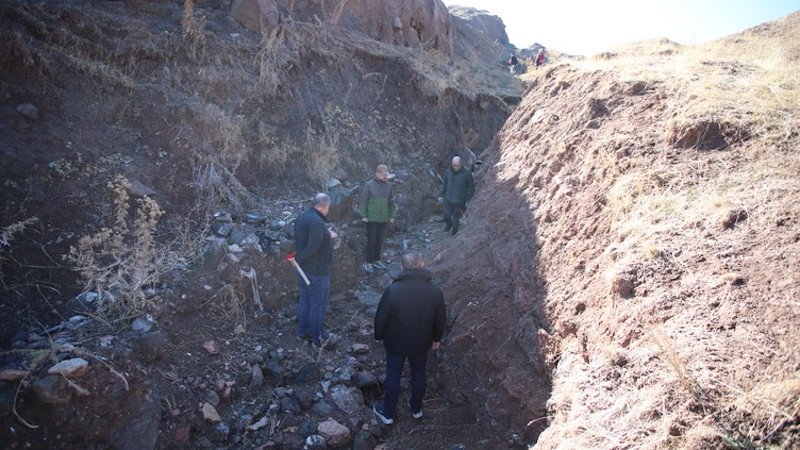
Same evidence, very different results
Such groups use material archaeological evidence to support their literal interpretation of scripture and simply ignore or try to refute evidence to the contrary. But not all share the same tactics.
A ministry called “Answers In Genesis,” which focuses on scientific issues and even runs a Noah’s Ark-themed amusement park in Kentucky, acknowledges that myths about the flood are ubiquitous beyond the Old Testament story of Noah, and even concedes that the ark may never have been found.
“We don’t expect the ark to be alive and ready to be found after 4,350 years,” says Andrew A. Snelling, a geologist and Director of Research at Answers in Genesis who has spent decades proving the Earth’s youth.
Snelling differs from archaeologists on why the remains of the ark may never be found. “There is every reason to expect that Noah and his family would have dismantled the ark to salvage timber from it (since they no longer needed it), since there were no mature trees from which to build shelters after they got off the ark.”
According to archaeologist Magness, who is currently leading excavations at a late Roman synagogue in Galilee, the search for Noah’s Ark not only confuses the public, but also dampens excitement about actual archaeological finds, even those that support parts of the Bible, such as the existence of the House of David.
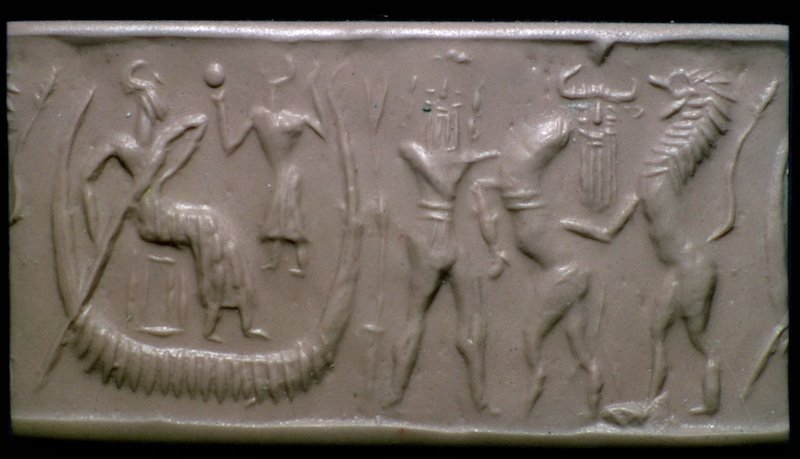
“We are not like Indiana Jones, this is a scientific procedure”
Part of the problem, Cline says, is that society has unrealistic expectations of the discipline, and popular media emphasize the thrill of the chase rather than the slow growth of archaeological knowledge.
“We’re not like Indiana Jones. This is a scientific procedure. It takes time. But what excites us doesn’t have to excite other people.”
Cline says that in his younger years he spent considerable time and energy debunking the so-called biblical evidence that captivated the public year after year. He eventually gave that up, though, and now focuses his time on both expeditions and translating his research for those willing to accept the results of the scientific process. “People will believe what they want to believe,” he sighs.
That’s not going to change anytime soon, which is why Cline is currently focused on unearthing an 18th-century BC Canaanite palace at Tel Kabri in northern Israel. After a pandemic-related pause in fieldwork, he plans to return next summer to continue excavating a painted plaster base at an Old Testament site.
“For us, this base is incredibly important because it shows international relations and contacts from almost 4,000 years ago.”
“It’s not Noah’s Ark, but it’s a painted base. And that’s good enough for me.”
source used: National Geographic. November 22, 2022.


